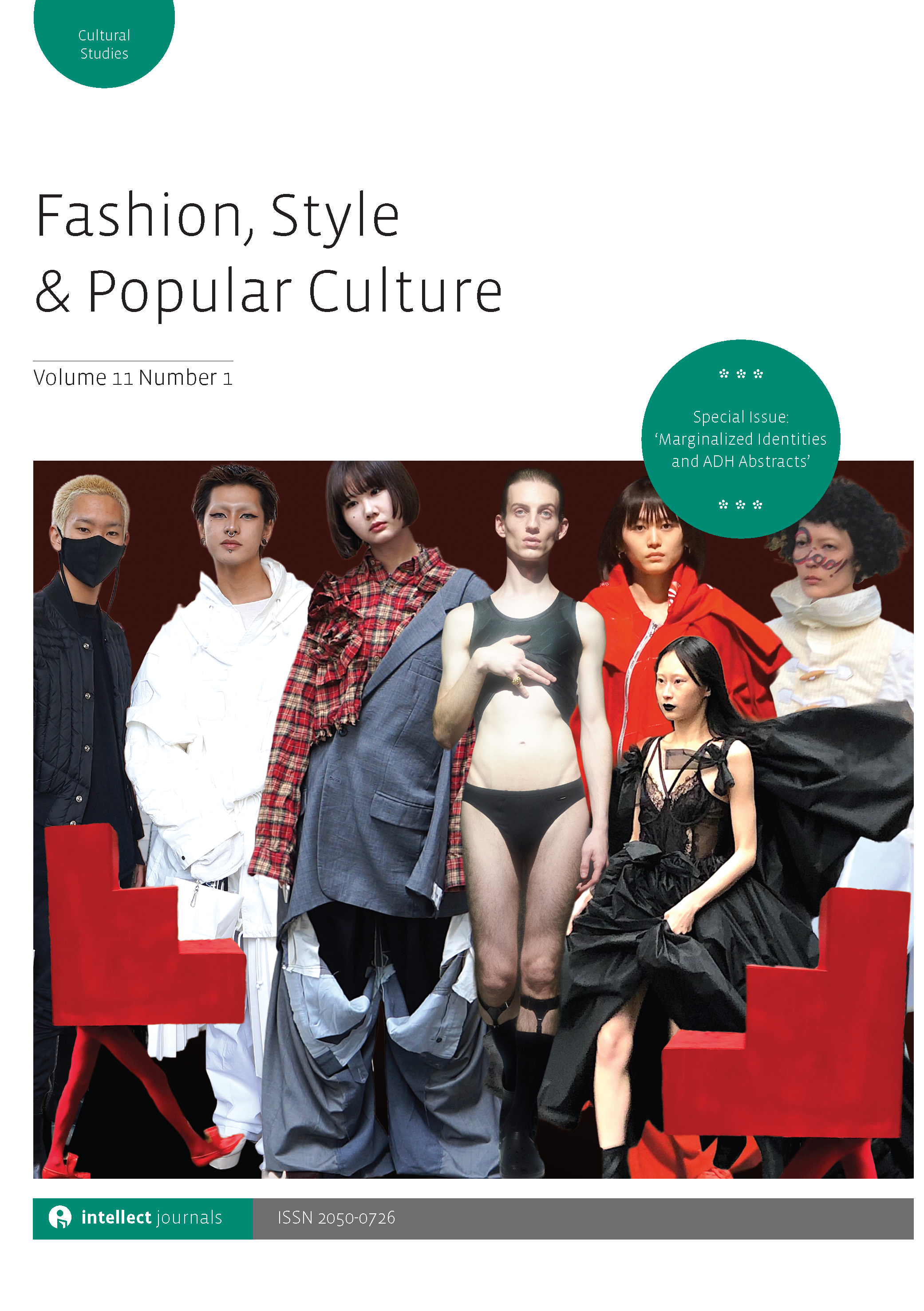
Full text loading...
 , Debra Hidayat1
, Debra Hidayat1 , Z. Hidayat1
, Z. Hidayat1
The Zero Waste Indonesia community carried out a social media campaign with the hashtag #TukarBaju out of concern for textile waste. This study aims to analyse the social movement and environmental communication of the Zero Waste community through Instagram. Qualitative descriptive research was conducted with semiotic analysis to interpret the interactions, communications and transactions of sustainable values and knowledge sharing within and outside the community. The data were gathered from the community activities in two years (April 2019–March 2021), with a sample of 24 posted texts and visuals. Content analysis was carried out through coding according to the construct of the concepts covered in environmental communication. The results showed that the @tukarbaju community built eco-friendly awareness and has become its social movement awareness agent. The community digitally conducted women empowerment for environmental care and invited viewers to join the social movement to reduce textile waste and care for environmental sustainability. Knowledge sharing was done persuasively through digital visual and verbal campaigns. The campaigns with actionable hashtags are examples of collaborations. In addition, some of the content categories in the @tukarbaju Instagram account have been educational to build awareness for half a decade.

Article metrics loading...

Full text loading...
References


Data & Media loading...

Publication Date:
https://doi.org/10.1386/fspc_00160_1 Published content will be available immediately after check-out or when it is released in case of a pre-order. Please make sure to be logged in to see all available purchase options.